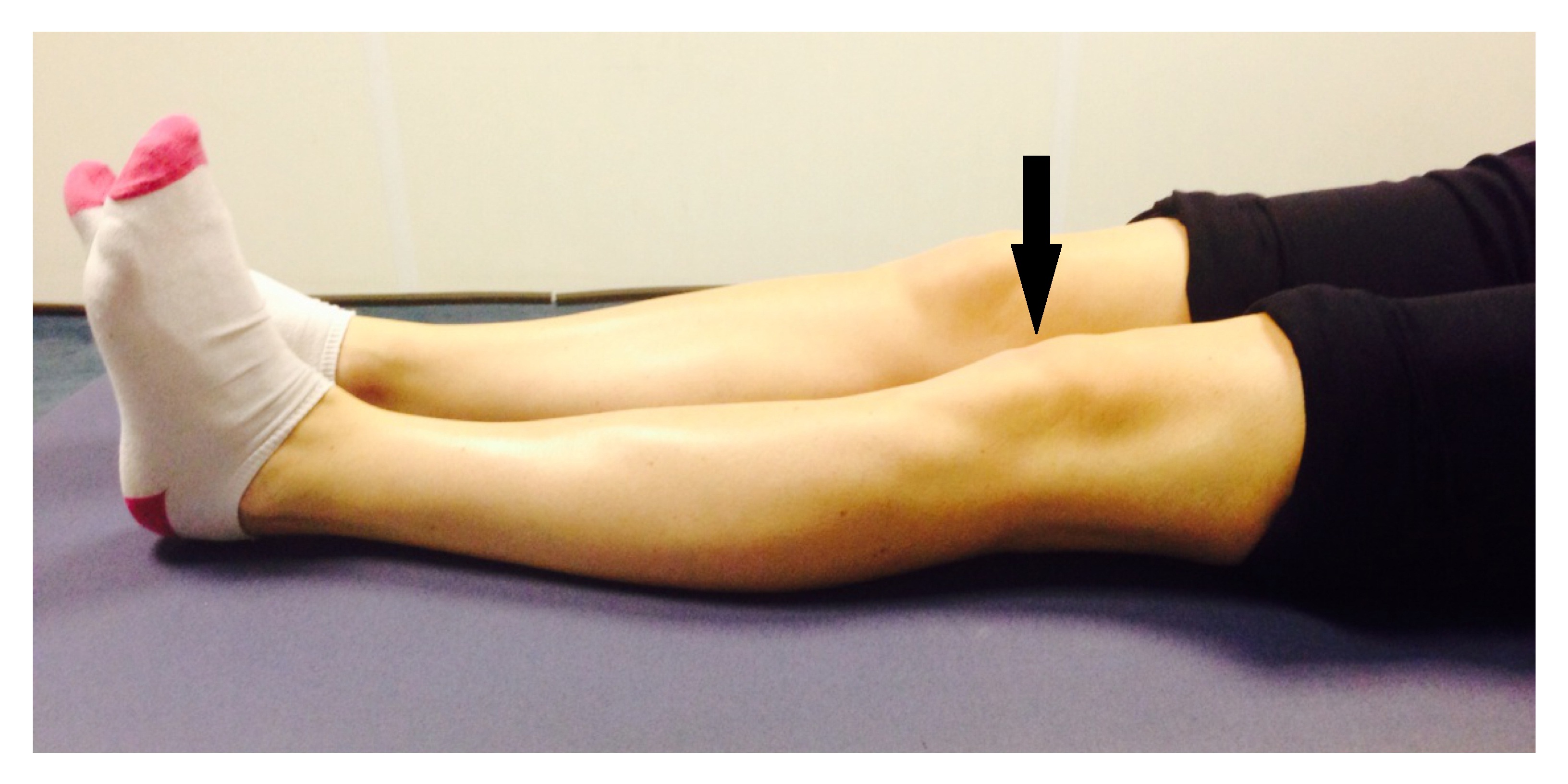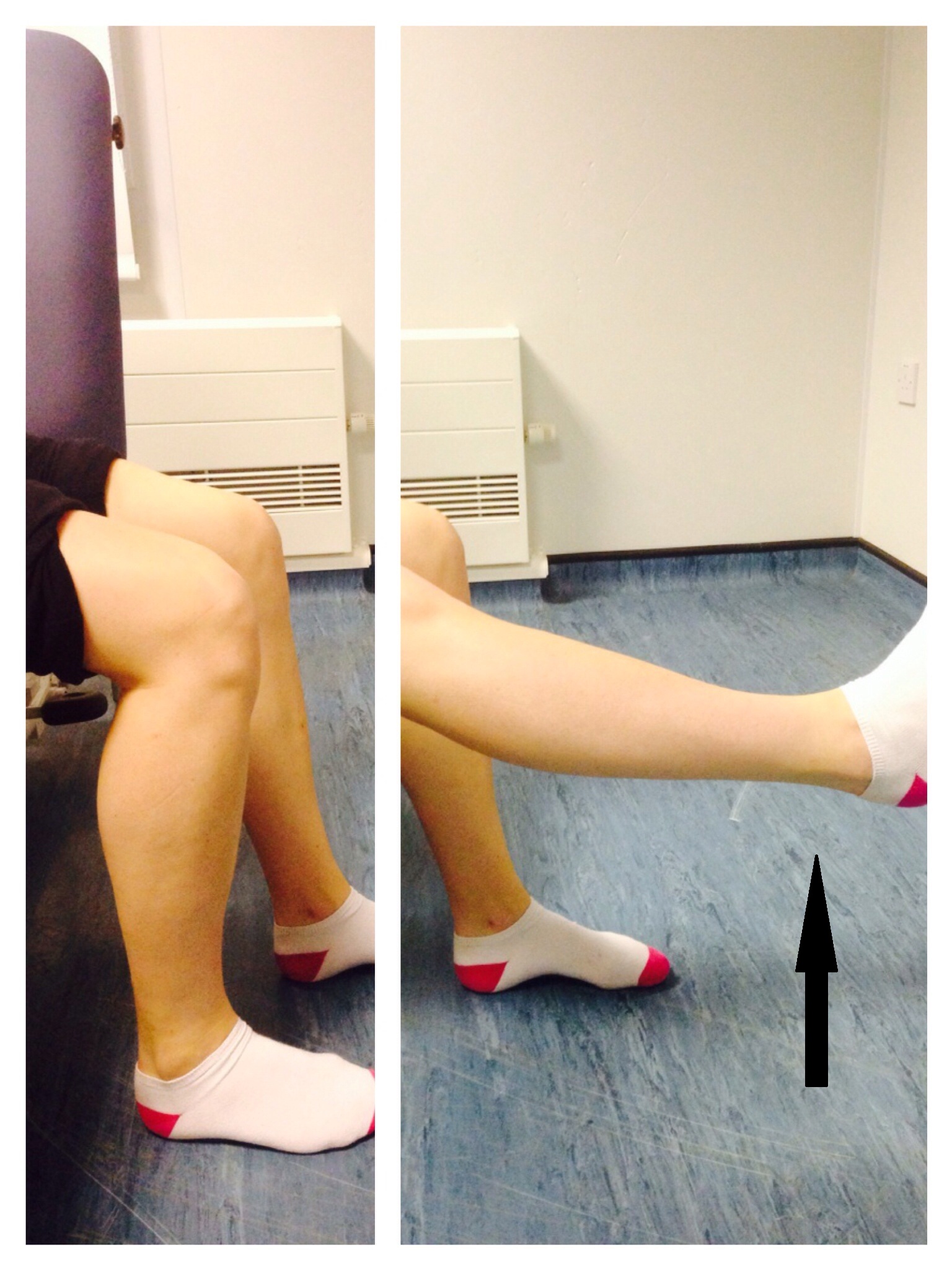



This information will guide you through the next 6 weeks of your rehabilitation. Use the information below to gain a better understanding of your injury and what can be done to maximise your recovery.
| Healing: |
|
||
| Pain and Swelling: | The swelling is often worse at the end of the day and elevating it will help. Pain and swelling can be ongoing for 3-6 months. Take pain killers as prescribed. | ||
|
Using your foot: |
The boot you have been given is not needed to aid fracture healing but will help with your symptoms and should be worn whenever you’re walking. You may walk on the foot as comfort allows. You will find it easier to walk with crutches in the early stages. | ||
|
Follow up:
|
We do not routinely follow up patients with this type of injury If after six weeks you are:
Please do not hesitate to contact us for a further consultation. |
If you are worried that you are unable to follow this rehabilitation plan, or have any questions, then please phone the Fracture Care Team for advice.
Or, if you are experiencing pain or symptoms, other than at the site of the original injury or surrounding area, please get in touch using the telephone or e-mail details at the top of this letter.
What to expect
|
Weeks since injury |
Rehabilitation plan |
|
0-2 |
|
|
2-6 |
X Try to stop using the boot and to walk without crutches. |
|
6 -12 |
X Heavy tasks or long walks may still cause some discomfort and swelling. |
| 12 |
If you are still experiencing significant pain and stiffness then please contact us for further consultation. |
Advice for a new injury
Cold packs: A cold pack (ice pack or frozen peas wrapped in a damp towel) can provide short term pain relief. Apply this to the sore area for up to 15 minutes, every few hours ensuring the ice is never in direct contact with the skin.
Rest and Elevation: Try to rest the leg for the first 24-72 hours to allow the early stage of healing to begin. Raise your ankle above the level of your hips to reduce swelling. You can use pillows or a stool to keep your leg up.
Early movement and exercise: Early movement of the ankle and foot is important to promote circulation and reduce the risk of developing a DVT (blood clot). Follow the exercises below without causing too much pain. This will ensure your ankle and foot do not become too stiff. These exercises will help the healing process.
Early weight bearing (putting weight through your injured foot) helps increase the speed of healing. Try to walk as normally as possible as this will help with your recovery.
Smoking advice
Medical evidence suggests that smoking prolongs fracture healing time. In extreme cases it can stop healing altogether. It is important that you consider this information with relation to your recent injury. Stopping smoking during the healing phase of your fracture will help ensure optimal recovery from this injury.
For advice on smoking cessation and local support available, please refer to the following website: http://smokefree.nhs.uk or discuss this with your GP.
Boot advice
Diabetic patients: If you are diabetic please contact us to discuss your boot. This is particularly important if you have problems with your skin. We can provide you with a specialist diabetic boot if required.
Footwear for your uninjured foot: We would recommend choosing a supportive shoe or trainer with a firm sole for your uninjured foot. You will notice that the boot you have been given has a thicker sole, by matching this height on the uninjured side you will reduce any stress on your other joints.
Exercises
Initial exercises to do 3-4 times a day
Ankle and foot range of movement exercises. Repeat these 10 times each.
Static Quads
 With the affected leg straight out in front of you, gently tense your thigh muscle and try to flatten your knee further.
With the affected leg straight out in front of you, gently tense your thigh muscle and try to flatten your knee further.
Hold for 10 seconds and repeat 7-10 times.
Knee flexion and extension

Sitting in a chair as shown, bend and straighten your knee, as comfort allows.
Repeat 10 times. If able, hold your leg straight for up to 5 seconds.
Inner range quads
Place a rolled up towel or small pillow under your injured knee, as shown in the picture.
Tense your thigh muscle and try to straighten your knee. Keep the back of your knee in contact with the towel/pillow.
Repeat 10 times, holding your leg straight for up to 5 seconds if able.